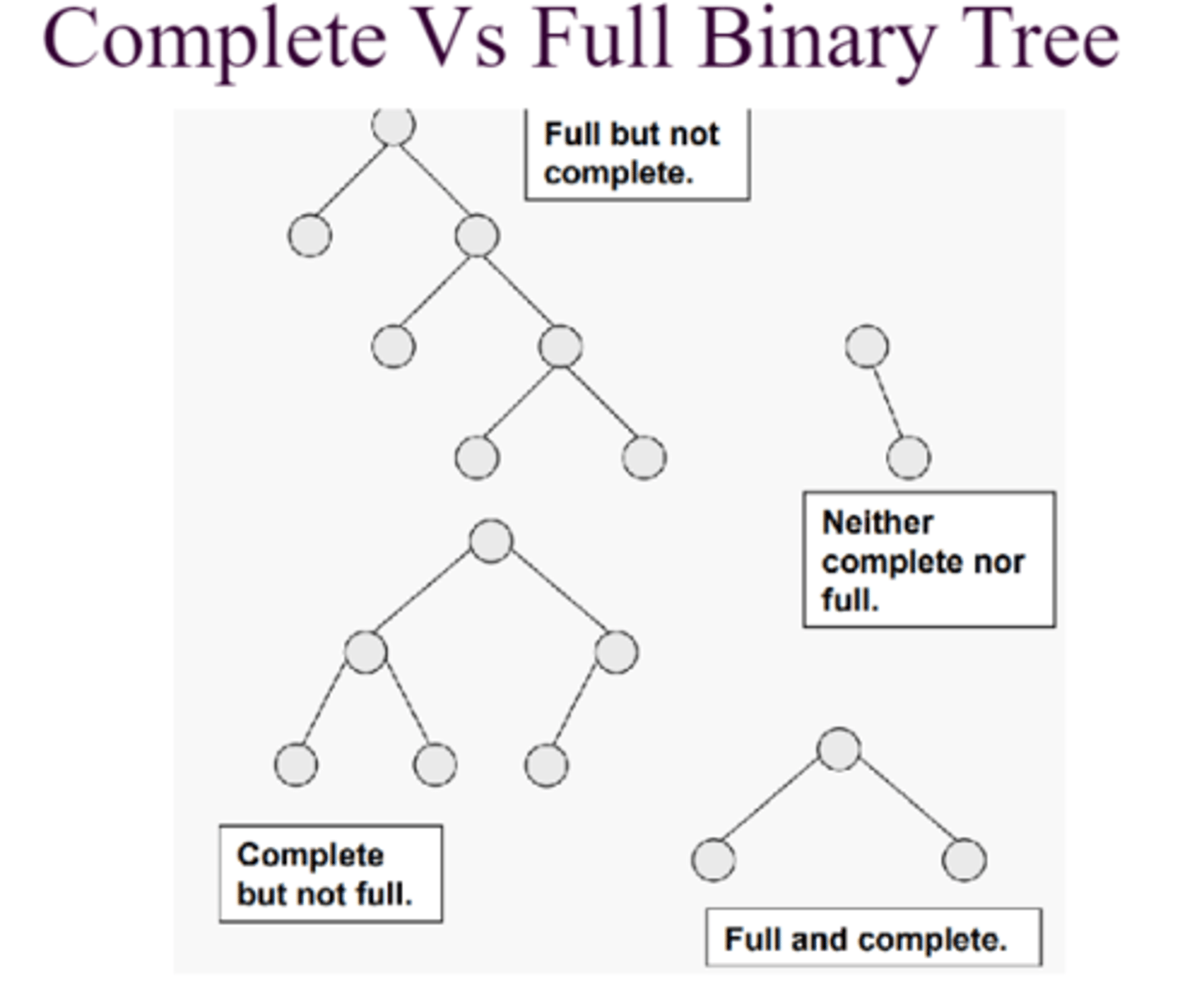CPSC 223 Midterm 2 Study Guide: TDD and BSTs
1/28
There's no tags or description
Looks like no tags are added yet.
Name | Mastery | Learn | Test | Matching | Spaced |
|---|
No study sessions yet.
29 Terms
six components of a specification in TDD
Purpose, Assumptions, Inputs, Outputs, State Changes, Cases and Expected Behavior
four phases of a test in TDD
Write test, run test (fail), write code, run test (pass)
five steps to the TDD cycle
1. Write test to spec, 2. Run and fail, 3. Write code, 4. Run and pass, 5. Refactor
definition of a tree
A connected undirected graph with exactly one path between any two vertices
definition of a forest
An undirected graph where between any two vertices there is at most one path
polytree
A connected directed graph with exactly one undirected path between any two vertices
polyforest
A directed graph where between any two vertices there is at most one undirected path
set-based notation for a graph
G = (V, E), where V is vertices and E is edges
degree of a node
The number of edges connected to it
parent and a child in a BST
A parent is a node with children; a child is a node linked below another
organizing structure of a BST
Left child < parent < right child
nodes with no children
Leaf nodes
node at the top of a tree
Root
nodes with children
Internal nodes
subtree
A tree structure rooted at a child of another node
path in a tree
A sequence from the root to a leaf
advantage of having two children
Better balance and faster searching (tree is more compact)
best-case BST vs. worst-case BST
Best-case: balanced; Worst-case: linear like a linked list
case tree results from inserting in order
Worst-case (linked list shape)
insertion order for the most efficient BST
In an order that balances the tree (e.g. median first)
cases for BST deletion
Node has no children, one child, or two children (use in-order successor)
three traversal methods of a BST
In-order, Pre-order, Post-order
perfect BST
All levels are completely filled

complete BST
All levels are filled except possibly the last, which is filled left to right

insertion order for a perfect BST with 7 nodes
4, 2, 1, 3, 6, 5, 7
in-order successor
The next node in in-order traversal (smallest in right subtree); used in deletion
balance factor in an AVL tree
Height(left subtree) - Height(right subtree)
four AVL rotation types
Left-Left, Right-Right, Left-Right, Right-Left
time complexity of rebalancing a tree via reinsertion
O(n) - because all nodes are visited and reinserted